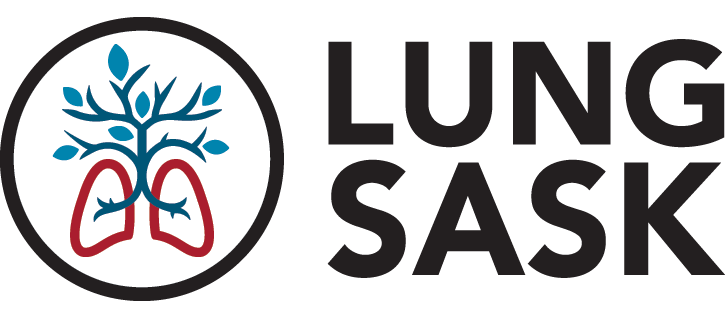About Parainfluenza
What are Parainfluenza and Croup?
The human parainfluenza viruses (HPIVs) are a group of viruses that cause upper and lower lung infections. Parainfluenza viruses are a common cause of cold symptoms. It is also the major cause of croup in children.
Croup is a sudden swelling of the upper airway that is caused by parainfluenza virus type 1 infection. Most symptom of croup is a bark-like cough or high-pitched sound when breathing in (inspiratory stridor), often occurring at night. This is a sign that the airway is partially blocked. Once infected with the virus it can take 2 to 7 days for symptoms to show. This virus most commonly arises in the spring, summer, and fall.
What causes parainfluenza infection?
There are 4 different types of parainfluenza viruses in children and adults. Type 1 and 2 (HPIV-1, HPIV-2) are most associated in children and cause croup. Bronchiolitis, bronchitis, and pneumonia are caused by type 3 (HPIV-3) and type 4 (HPIV-4) and are less common. The virus spreads by being in contact with someone who is infected.
Is parainfluenza contagious?
Yes, it can be spread from coughing and sneezing, direct person-to-person contact, by touching common surfaces and objects that have the virus on them. Therefore, it is important to avoid touching your mouth, nose, and eyes to prevent the virus from spreading.
